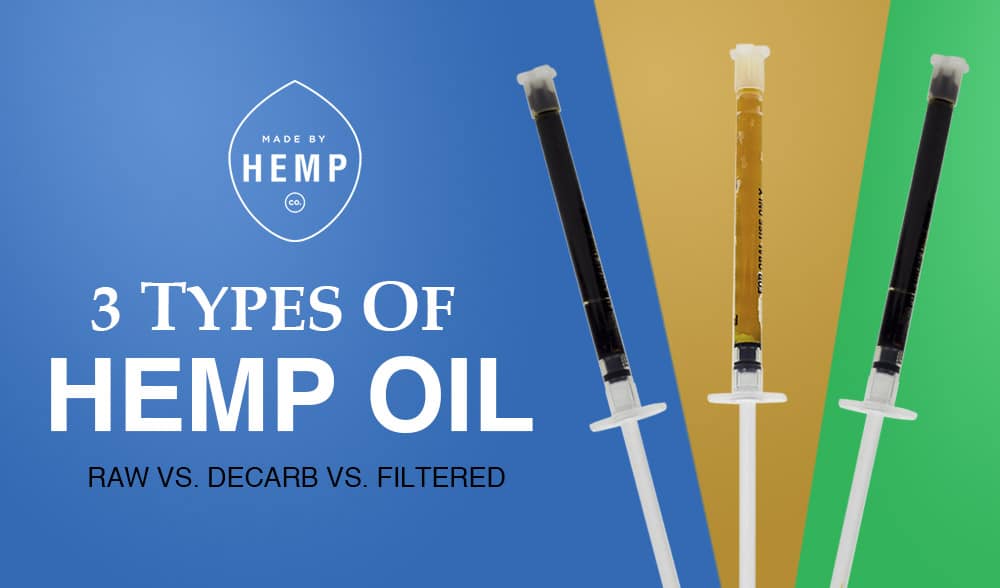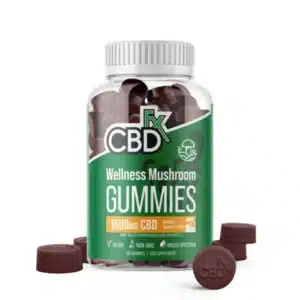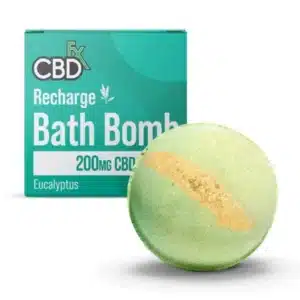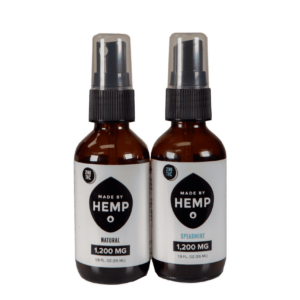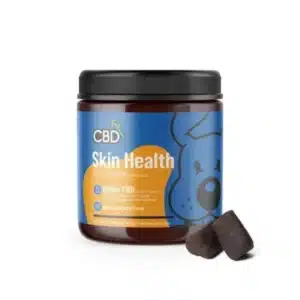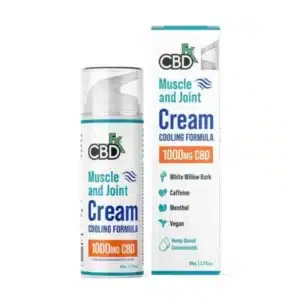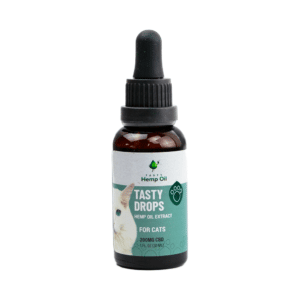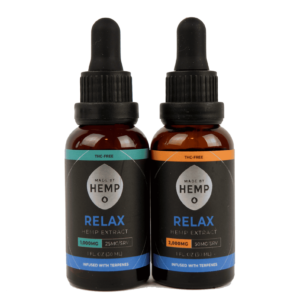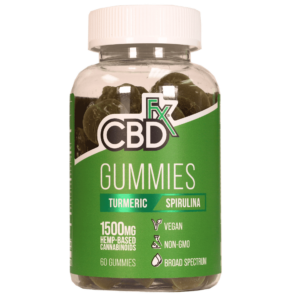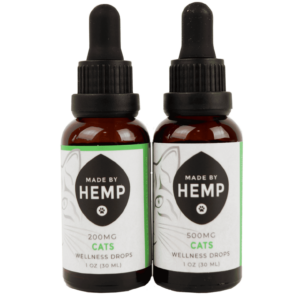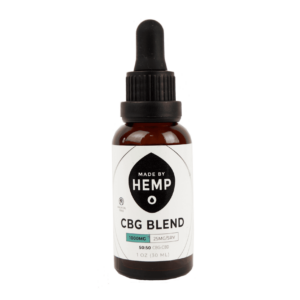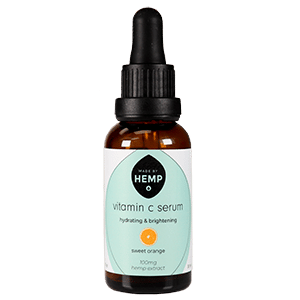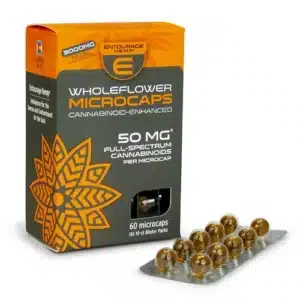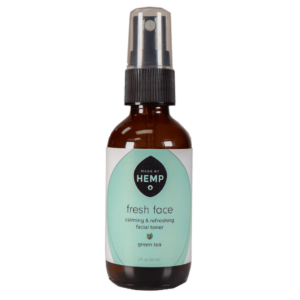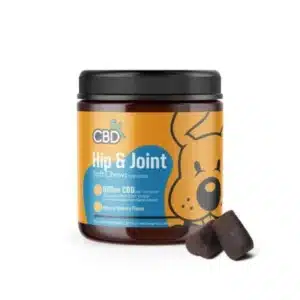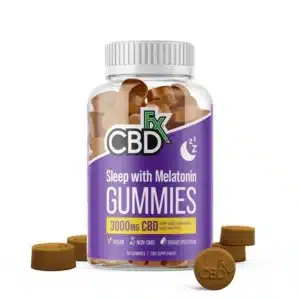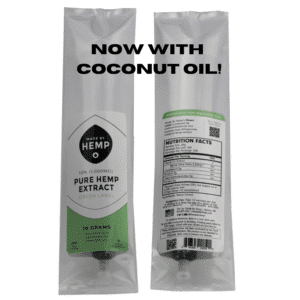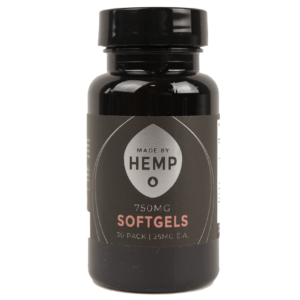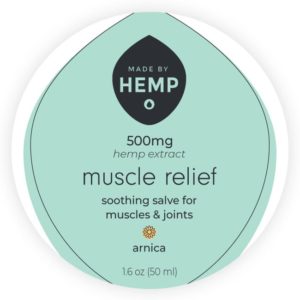Cannabidiol (CBD) is an active component in cannabis and, along with THC, takes prevalence over the 100+ cannabinoids in the plant. The importance placed on CBD is due primarily to the effects of consumption. Even with research in the beginning stages, the published benefits of CBD have been numerous.
Our hemp oil concentrates are raw hemp oil, meaning the oil is extracted directly from the plant and contains no additives. These best-selling concentrates come in three versions: green, blue, and gold. Each version is a variation of hemp oil.
In this blog, we will explain each version in greater detail. By presenting each type, we will also clarify topics surrounding hemp oil, including the difference between CBD and CBDa, the entourage effect, and the process of decarboxylation. Let’s use these concentrates as a guide to hemp oil.

Green Label: The Difference Between CBD (Cannabidiol) and CBDa (Cannabidiolic Acid)
With the emphasis that is placed on cannabidiol or CBD, it is surprising to find that CBD does not occur in high concentrations in cannabis. However, the raw form of CBD called CBDa is predominant in the plant. CBDa, or cannabidiolic acid, is the acidic precursor to CBD.
CBD begins as CBDa; in its natural state, there is more CBDa in cannabis than CBD.
Like CBD, Cannabidiolic acid CBDa is non-psychoactive and will not get you high.
With CBD in the research spotlight, information on CBDa is lesser known. In the past, CBDa was seen as being inactive. Researchers are just now uncovering the possible benefits of CBDa.
The green label, also known as the raw label, is CBD oil in the most natural form. The oil is extracted from the plant using the CO2 method and then packaged; the oil is unaltered. The green label contains all hemp plant components, including cannabinoids, terpenes, and other phytonutrients. For this reason, the green label is called full-spectrum with acids.
Full Spectrum Hemp Oil and the Entourage Effect
Previously, it was thought that the sole benefit of hemp came from cannabinoids such as CBD and THC. However, researchers now find that hemp plant components work together to produce more significant effects than cannabinoids alone. This is known as the entourage effect.
The green label appeals to those interested in the benefits of whole plant consumption, such as the entourage effect. With the green label, you are consuming hemp oil as nature intended.
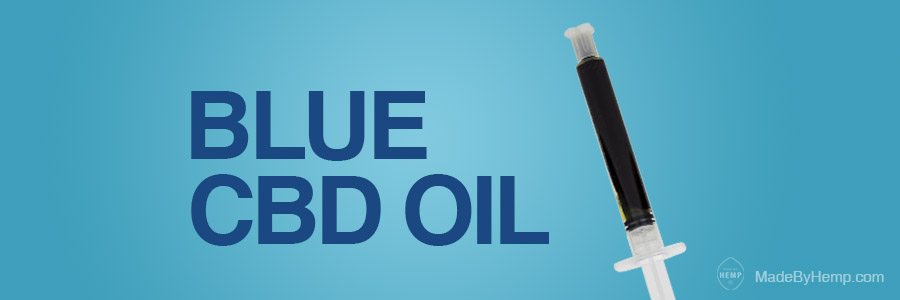
Blue Label: The Process of Decarboxylation (specific heat under pressure for a certain time)
CBDa turns to CBD through a process called decarboxylation. Decarboxylation is a chemical reaction activated by heat. (Time can also start decarboxylation; however, heat is preferred.) In the process of decarboxylation, a carboxyl group (-COOH) is removed, and carbon dioxide is released. In less scientific terms, the heat turns CBDa into CBD.
To create the blue label, raw hemp oil (green label) is heated to convert the CBDa. This process converts much of the CBDa; roughly 88% converts to CBD while maintaining a level of phytonutrients. The blue label is ideal for those interested in the benefits of a whole plant extract but is less concerned with consuming CBDa.
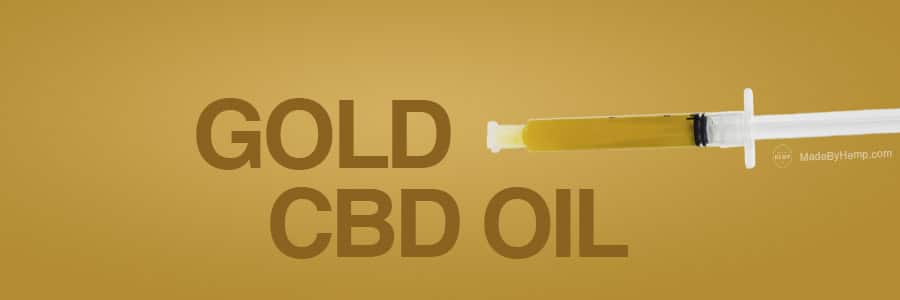
Gold Label: Filtered Full Spectrum Hemp Extract
To create the gold label, decarboxylated hemp oil [blue label] is filtered to remove all plant parts. By removing all other plant components, the hemp oil has a higher concentration of CBD (about 25% rather than around 15%).
The gold label has the highest CBD concentration; however, this version does not benefit from the full entourage effect. Without any plant components, the gold label is suited for those who are solely interested in the benefits of CBD.
By explaining the different versions of hemp oil, we begin to understand more about the components of hemp oil and how they interact. When choosing a hemp extract oil concentrate, deciding which part of the hemp plant you find the most beneficial is helpful. Each version has its advantage.
Do you have any additional questions about hemp oil concentrates?
What is your experience with this product?

